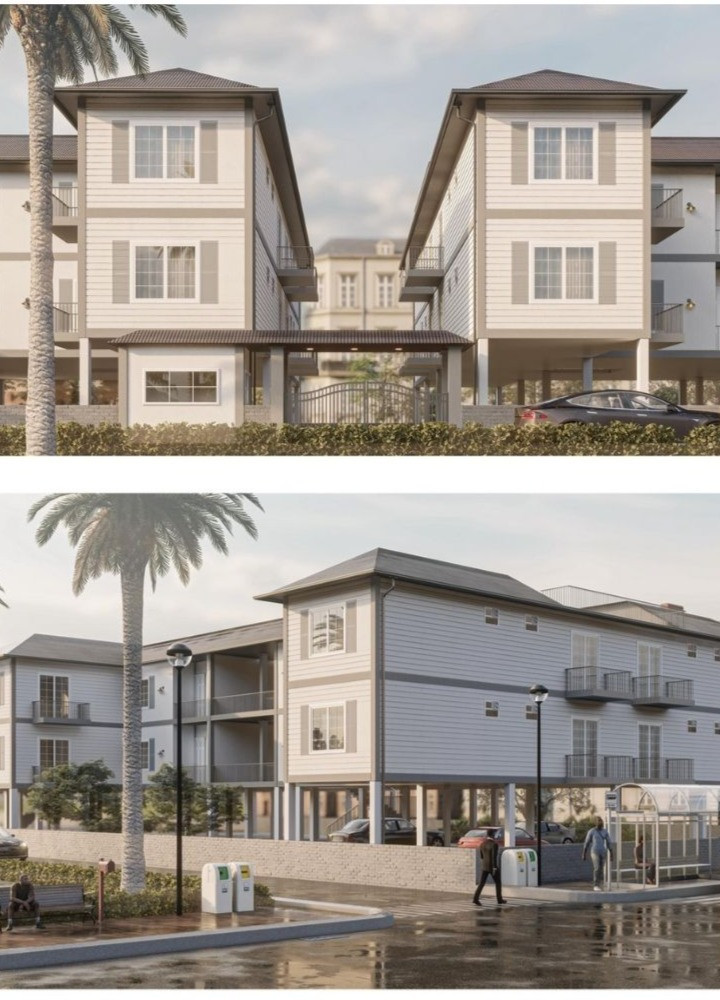5 key facts about this project
This architectural project represents a harmonious blend of form and function, where the layout is thoughtfully organized to cater to both public and private activities. The design prioritizes user experience, ensuring that spaces are not only accessible but also intuitively connected. With an emphasis on creating a welcoming atmosphere, the project employs an open floor plan that encourages interaction among users, fostering a sense of community within its walls.
Key elements of the design include the careful integration of natural light as a fundamental component of the space. Expansive glass facades allow for ample daylight, enhancing the interior environments and reducing the reliance on artificial lighting. This design approach not only improves the overall aesthetic quality but also supports energy efficiency, aligning with modern sustainable design practices.
Materiality plays a critical role in the architectural approach employed in this project. The use of concrete provides both structural stability and a modern look, while wood accents add warmth and texture, creating a tactile experience within the space. Steel elements are cleverly used to facilitate large openings and support innovative structural solutions. Additionally, the careful selection of brick pays homage to local context, blending contemporary design with a familiar material that resonates with the area's architectural heritage.
Unique design approaches are evident throughout the project, particularly in how the architecture interacts with the environment. Strategic landscaping elements serve to blur the division between indoors and outdoors, creating seamless transitions that invite nature into the built space. Rainwater management features and green roofs are integratively designed to promote sustainability, demonstrating a commitment to environmental responsibility. The incorporation of these elements not only enhances the ecological performance of the building but also enriches the experiential quality for the users.
The interior spaces are designed with flexibility in mind, allowing for varied uses over time. This adaptability is achieved through modular design solutions that can accommodate changing needs, reflecting a modern understanding of how space can evolve in response to user demands. Conceptually, this project embraces the idea of multifunctionality, where areas serve diverse purposes throughout the day.
This architectural project stands out due to its commitment to creating spaces that are both practical and beautiful, responding thoughtfully to the needs of its users while maintaining a dialogue with the surrounding environment. As a result, it exemplifies principles of responsible design that prioritize both human experience and ecological stewardship.
For a more in-depth understanding of this architectural endeavor, we encourage readers to explore the project's presentation, where architectural plans, architectural sections, and detailed architectural designs reveal the intricacies of the work. Engage with the architectural ideas presented to appreciate the full scope of this innovative project.


 Shravan Kumar Shetty
Shravan Kumar Shetty 




















